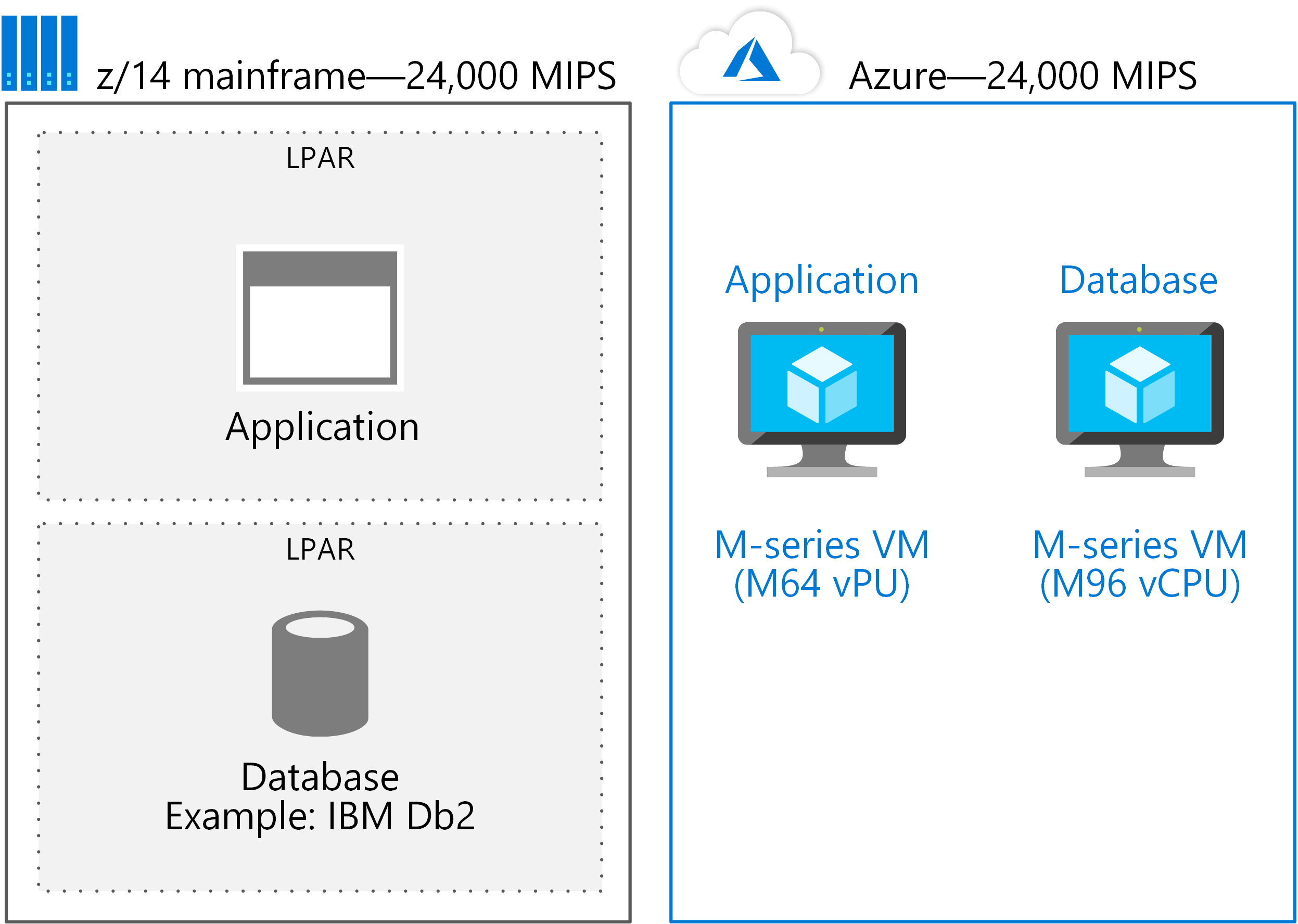Futureproofing the legacy backbone: Virtualizing mainframes with Microsoft Azure Pt. 2

In part one of our two part series on mainframe virtualization with Microsoft Azure, we learned about the continued prominence of mainframes, often originally setup by IBM, in the IT infrastructure of enterprises and the changes prompting companies to virtualize. In part two, Jayson Goldman, managing director for North America at Asysco and Steven Steuart, CTO of Astadia share their insights on the virtualization process.
Barriers to virtualization
In spite of the potential of mainframe virtualization, many organizations still retain their old legacy systems with no thought of changing them. In many cases, an opposition to change limits mainframe-centric IT departments. Programmers and admins are wary, feeling that they may get the boot or be less valuable or perhaps even incapable of retraining for the virtualized world.
Aside from the psychology of the disruption-phobic, Goldman pointed to a lack of understanding of the process.
We have to do a better job educating the industry. Many people don't know the difference between lift and shift [providers and mainframe migration]. Many companies can't live up to claims. Code conversion vendors across the board get a bad reputation. We need to be honest about our capabilities. I always recommend a proof of concept between top choices. Demonstrate what you can actually do. It has to be a DevOps approach and everybody needs to see the vision or the project will not be viable.
Misunderstandings of the security of the cloud also persist. Steuart said:
[There's an attitude of] 'I have a mainframe and I've never been hacked.' There's no cure for stupidity. If you look at cloud infrastructure scenario, they handle physical security and there are security processes that exist in Azure framework that meet and exceed mainframes, such as two-factor authentication. But of course it's a shared responsibility between Azure and the customer. If you treat the Azure instance like you treat your mainframe with policies and procedures in place you'll be much more secure. Don't treat the cloud like a standard VM.
For its part, Microsoft is working to assuage these fears at a high level. Among the common challenges: the stigma of the cloud among some on-premises believers and CIO concerns about having an OpEx budget.
Traditional mainframe providers like IBM can play many roles in the process, from ally to adversary. IBM is wary of losing its valuable mainframe customers.
"My business card is good for a 50 percent discount from IBM. They're trying to protect their base. It's a very compelling case if we're successful in delivering our message," said Steuart. IBM will discount its software and hardware in an attempt to prevent the migration from going forward.
In part, IBM seems to view mainframe virtualization as a way to buoy IBM Cloud which is in a distant fourth place in the cloud wars. But it doesn't seem to be pursuing it very aggressively. Often IBM simply "cuts loose" customers that go ahead and work with Microsoft partners. But according to Goldman, in some situations IBM actually cooperates and works with his company in a bid to retain the loyalty of their mutual customer.
The project process
FREE Membership Required to View Full Content:
Joining MSDynamicsWorld.com gives you free, unlimited access to news, analysis, white papers, case studies, product brochures, and more. You can also receive periodic email newsletters with the latest relevant articles and content updates.
Learn more about us here
or
login
FREE Membership Required to View Full Content:
Joining MSDynamicsWorld.com gives you free, unlimited access to news, analysis, white papers, case studies, product brochures, and more. You can also receive periodic email newsletters with the latest relevant articles and content updates.
Learn more about us here